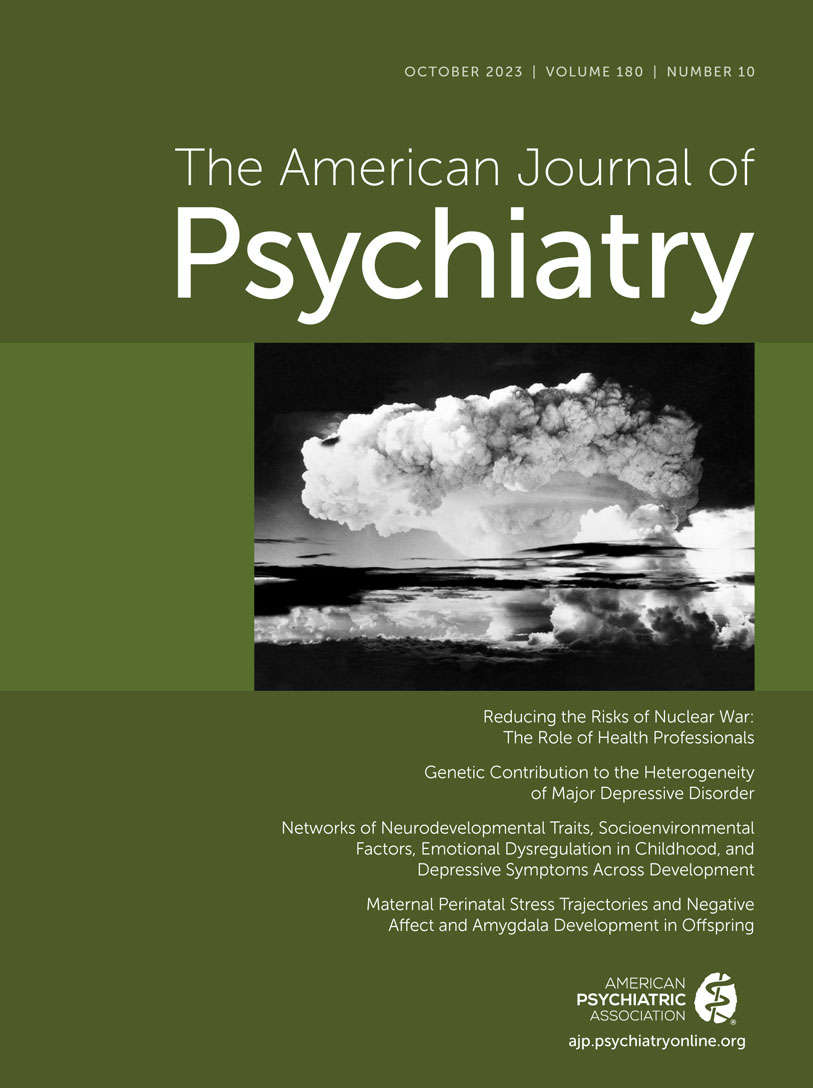Abstract
Objective:
Previous population-based studies have identified associations between childhood neurodevelopmental traits and depression in childhood, adolescence, and young adulthood. However, neurodevelopmental traits are highly correlated with each other, which could confound associations when traits are examined in isolation. The authors sought to identify unique associations between multiple neurodevelopmental traits in childhood and depressive symptoms across development, while taking into account co-occurring difficulties, in multivariate analyses.
Methods:
Data from two U.K. population-based cohorts, the Twins Early Development Study (TEDS) (N=4,407 independent twins) and the Avon Longitudinal Study of Parents and Children (ALSPAC) (N=10,351), were independently analyzed. Bayesian Gaussian graphical models were estimated to investigate pairwise conditional associations between neurodevelopmental traits (autism and ADHD symptoms and general cognitive, learning, and communication abilities), socioenvironmental stressors (academic performance and peer relations), and emotional dysregulation in childhood (ages 7–11) and depressive symptoms across development (ages 12, 16, and 21).
Results:
In both cohorts, bivariate correlations indicated several associations between neurodevelopmental traits and depressive symptoms across development. However, based on replicated findings across cohorts, these pairs of variables were mostly conditionally independent, and none were conditionally associated, after accounting for socioenvironmental stressors and emotional dysregulation. In turn, socioenvironmental stressors and emotional dysregulation were conditionally associated with both neurodevelopmental traits and depressive symptoms. Based on replicated findings across cohorts, neurodevelopmental traits in childhood could be associated only indirectly with depressive symptoms across development.
Conclusions:
This study indicates that associations between childhood neurodevelopmental traits and depressive symptoms across development could be explained by socioenvironmental stressors and emotional dysregulation. The present findings could inform future research aimed at the prevention of depression in youths with neurodevelopmental disorders.
Access content
To read the fulltext, please use one of the options below to sign in or purchase access.- Personal login
- Institutional Login
- Sign in via OpenAthens
- Register for access
-
Please login/register if you wish to pair your device and check access availability.
Not a subscriber?
PsychiatryOnline subscription options offer access to the DSM-5 library, books, journals, CME, and patient resources. This all-in-one virtual library provides psychiatrists and mental health professionals with key resources for diagnosis, treatment, research, and professional development.
Need more help? PsychiatryOnline Customer Service may be reached by emailing [email protected] or by calling 800-368-5777 (in the U.S.) or 703-907-7322 (outside the U.S.).



